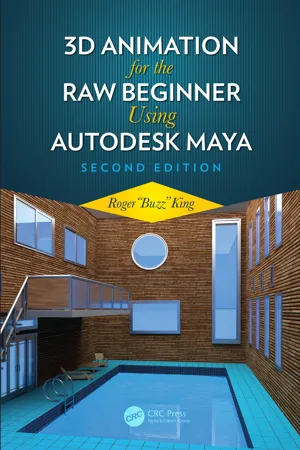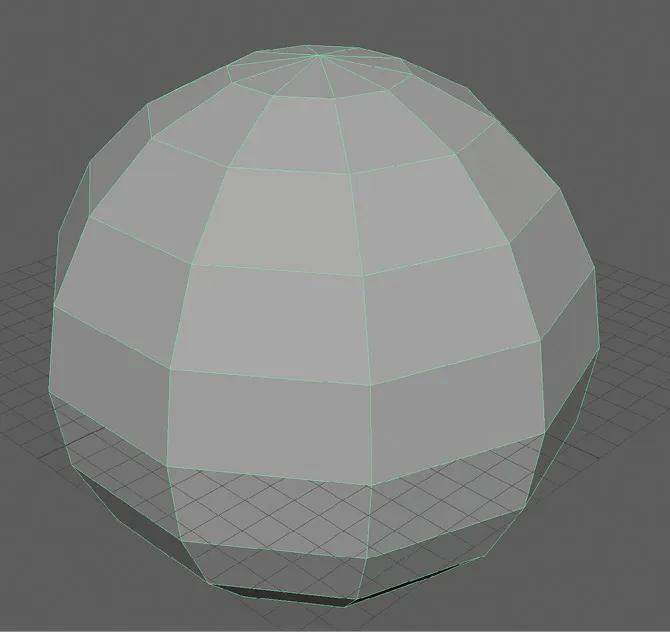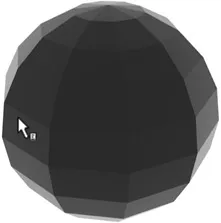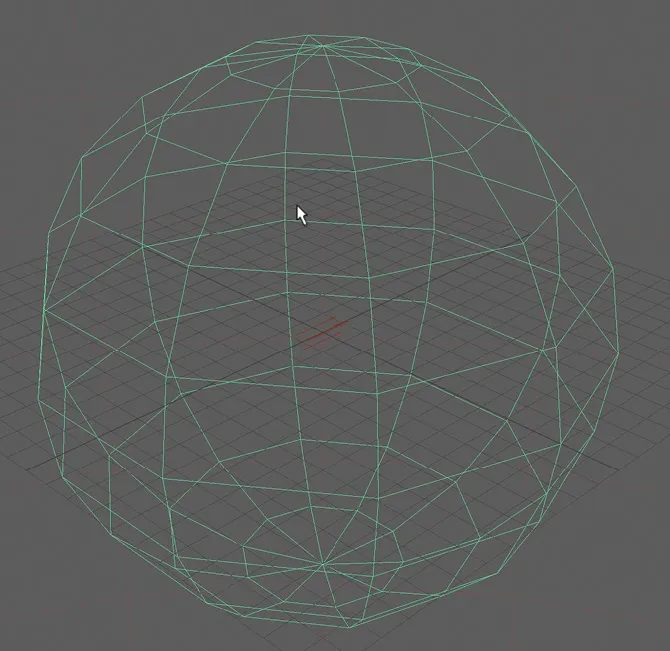
- 434 pages
- English
- ePUB (mobile friendly)
- Available on iOS & Android
3D Animation for the Raw Beginner Using Autodesk Maya 2e
About this book
3D Animation for the Raw Beginner Using Autodesk Maya is a hands-on academic textbook as well as a do-it-yourself training manual for the individual animator. This second edition has been completely rewritten to take into account updates to Autodesk Maya, including Autodesk's renderer, Arnold. It contains entirely new examples and tutorial lessons. All 612 images are in full color. The book directs the reader to the parts of Maya that must be mastered in order to create complete 3D projects, and thus it simplifies the process of taking on Maya's vast and intricate interface, while giving the reader a firm foundation on which to build future knowledge of Maya. It also presents brief examples of other popular 3D applications and rendering engines. This principles-based, yet pragmatic book:
- Introduces the basic steps of the 3D modeling, materials, animation, lighting, and rendering processes.
- Presents clear and concise tutorials that link key concepts to practical techniques.
- Includes access to a webpage for the book: https://buzzking.com/AnimationTextbook/AnimationTextbook.html. On this webpage are videos that cover many of the lessons in the book, as well as video tutorials that present bonus material not included in the book.
- Frees instructors from the painstaking task of developing step-by-step examples to present Maya's complex interface and basic capabilities.
- Boasts an easy-to-follow, tutorial-based learning style ideal for individual study by aspiring animators and do-it yourselfers.
Roger "Buzz" King is a Professor Emeritus at the University of Colorado at Boulder, where he teaches 3D Animation for the Computer Science Department and the Alliance for Technology, Learning, and Society (ATLAS), an institute dedicated to the application of technology to the arts. Buzz is an independent 3D animator who serves on the board of directors of a 3D animation startup. Buzz has a B.A. in Mathematics from Occidental College, an M.S. and Ph.D. in Computer Science from the University of Southern California, and an M.Div. from the Iliff School of Theology.
Key Features
Frequently asked questions
- Essential is ideal for learners and professionals who enjoy exploring a wide range of subjects. Access the Essential Library with 800,000+ trusted titles and best-sellers across business, personal growth, and the humanities. Includes unlimited reading time and Standard Read Aloud voice.
- Complete: Perfect for advanced learners and researchers needing full, unrestricted access. Unlock 1.4M+ books across hundreds of subjects, including academic and specialized titles. The Complete Plan also includes advanced features like Premium Read Aloud and Research Assistant.
Please note we cannot support devices running on iOS 13 and Android 7 or earlier. Learn more about using the app.
Information



Table of contents
- Cover
- Half Title
- Title Page
- Copyright Page
- Dedication
- Contents
- Preface: Anyone can do this
- Acknowledgments
- Author
- Chapter 1: An Introduction to 3D Modeling, Animation, and Rendering with a Focus on Autodesk Maya
- Chapter 2: The Gold Standard of Polygon Modeling and the NURBS Alternative
- Chapter 3: A Focus on Simplicity: A Core Set of Modeling Tools in an Overwhelming App
- Chapter 4: Using the New(er) Sculpting Toolset in Maya in a Polygon Modeling Workflow
- Chapter 5: Advanced Materials Techniques: Using Arnold Mix Materials and Photoshop
- Chapter 6: Advanced Design Techniques: Modeling, Composition, Lighting, and Materials
- Chapter 7: Animation: Particle Dynamics, Collisions, Forces, Blend Shape, Key-framing, Skeletons, and Scripting
- Chapter 8: Rendering and Lights
- Index